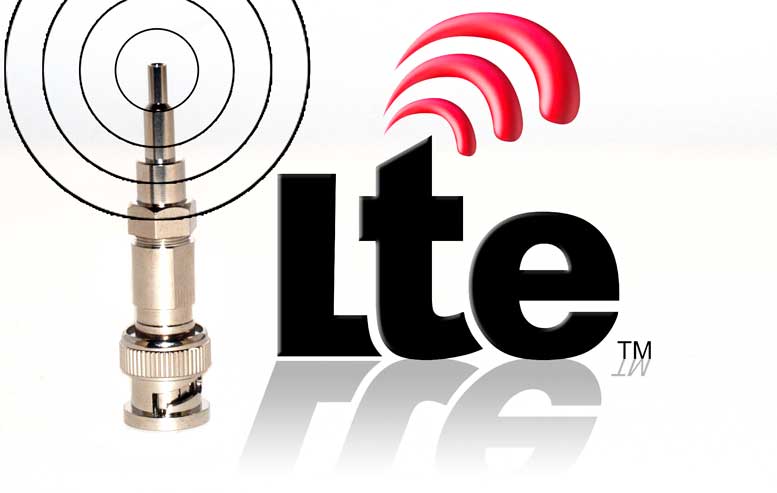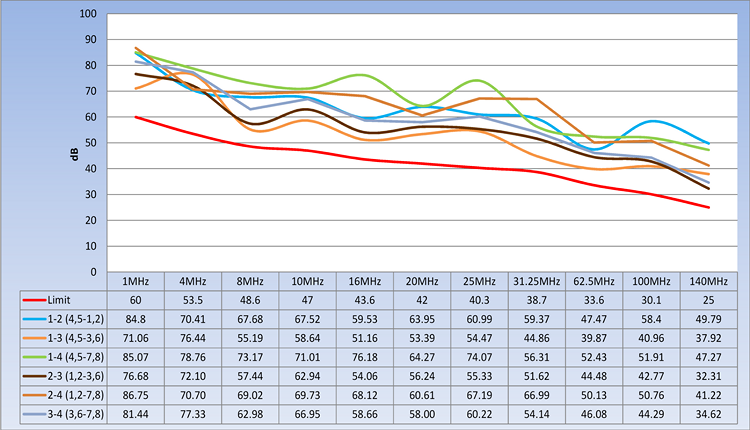Hughes Electronics have recognised that standard ITU-T (CITT) testing for G703 impedance matching balun assemblies is insufficient for today’s LTE (Long Term Evolution) and WiMax 4G applications.

Greg Rymar head of research and development at Hughes Electronics says ‘alien cross talk in the communication channel caused by insertion losses at the connector, is a major downside in delivering bandwidth performance, and yet is not captured in prescription pulse testing of balun connectors ’.
Mr Rymar goes on to say ‘these losses cause reflections down the channel that manifest themselves in noise which migrates to neighbouring pairs; since copper does not understand the difference between noise and communicated data, it transmits both with impunity resulting in a major loss of bandwidth to noise’.
Hughes Electronics are leading the industry in performance testing of balun lead assemblies by extending the ITU-T testing procedure to incorporate analysis of NEXT (Near End XTalk) and FEXT (Far End XTalk) in test and measurement procedure. Every impedance matching balun assembly that leaves the Hughes production line is tested and guaranteed to provide E.1 maximum losses of 48.6db at 8mghz through to 25db at 140Mghz for E3* which means that Hughes Electronics balun products can meet Cat 5 and Cat 6** data standards in these critical areas.
‘ I am 100% confident’ says Greg ‘that our balun assemblies are the industry’s highest performers – clients deploying our products in their 3g and 4g networks will undoubtedly get more bandwidth for their buck and a consequent competitive advantage over peer providers’.
Example balun lead NEXT measurement.
*Full swept frequency recommendations can be viewed here.
** Cat6 results achieved using Cat6 cable


